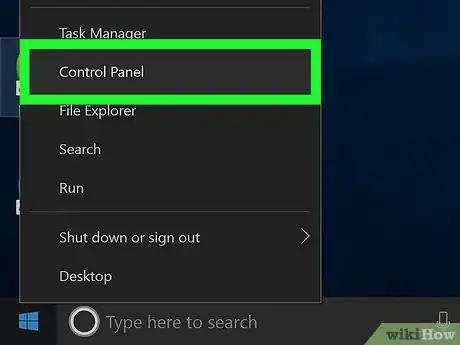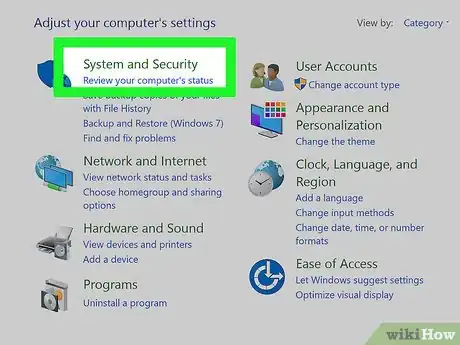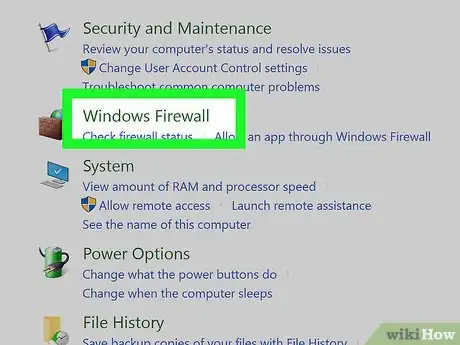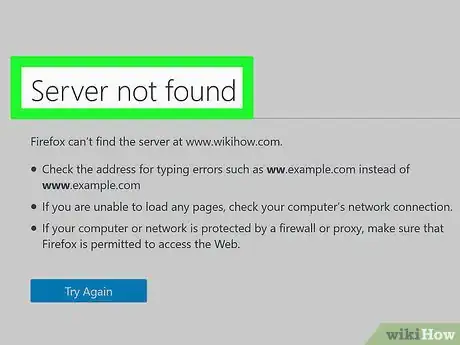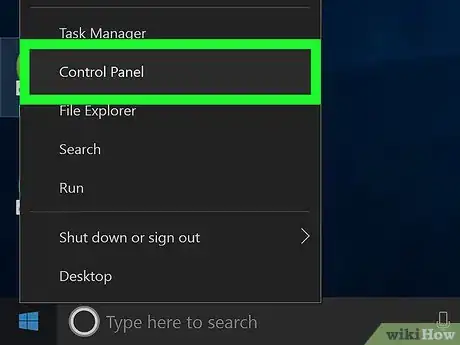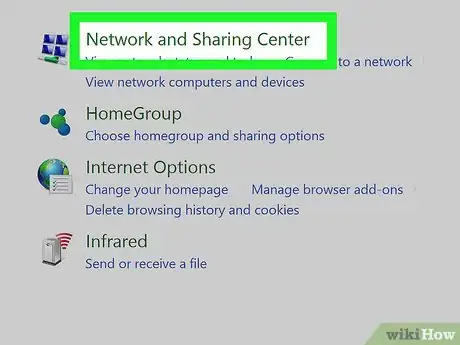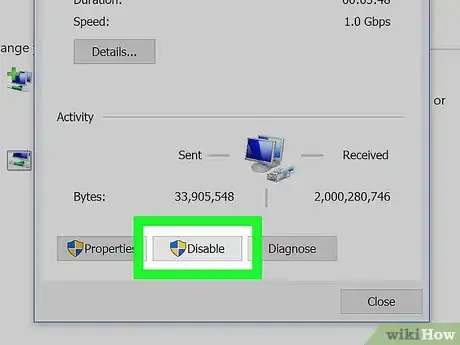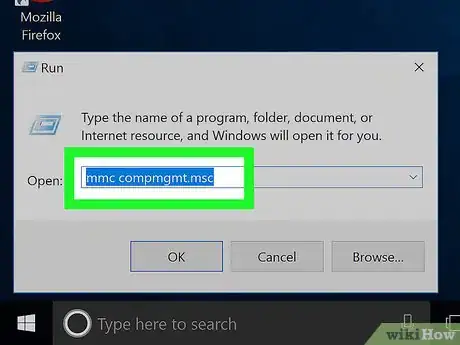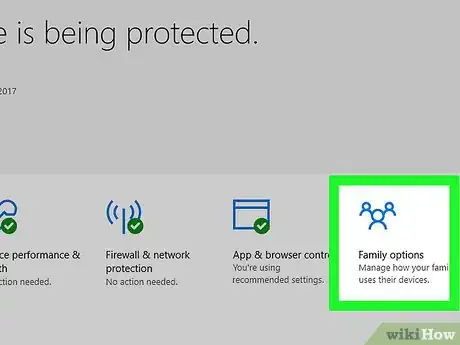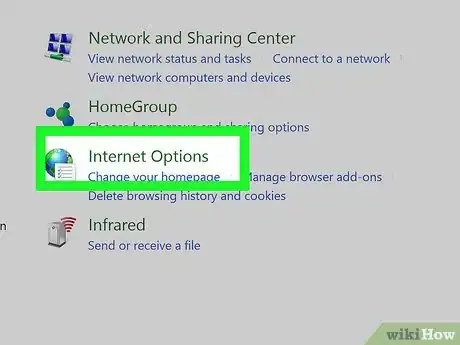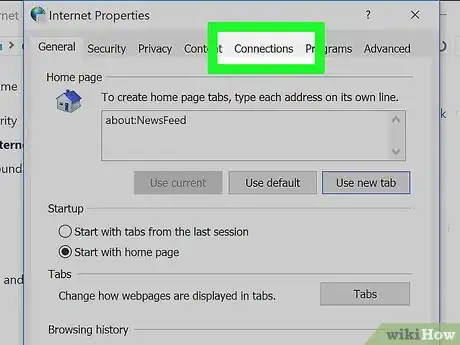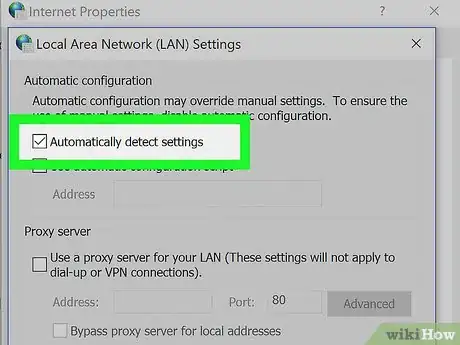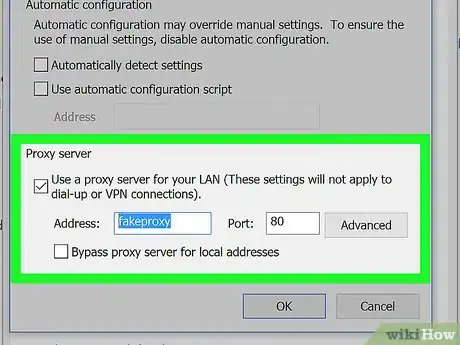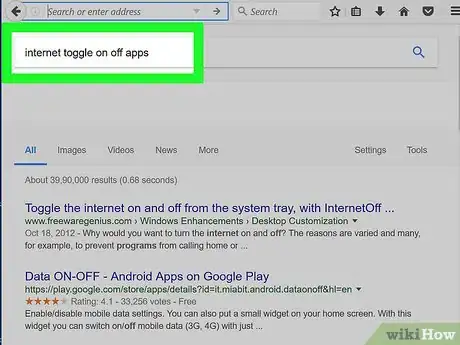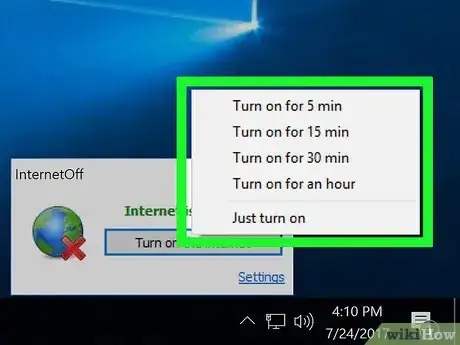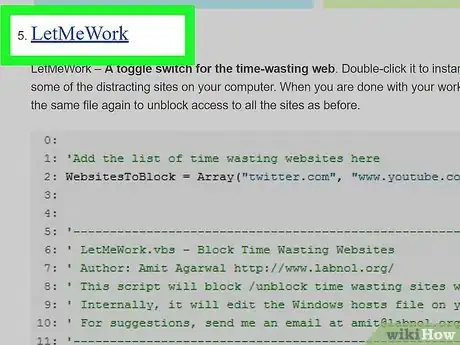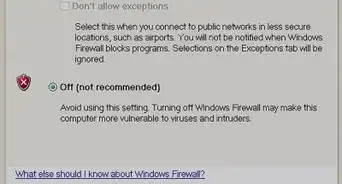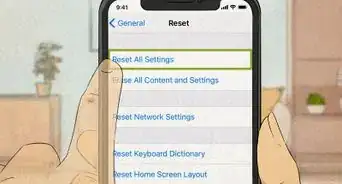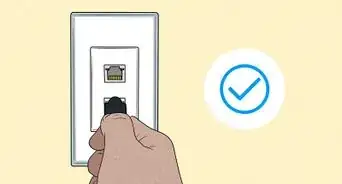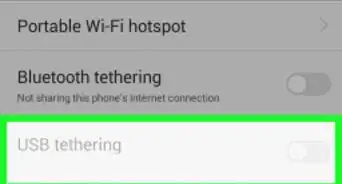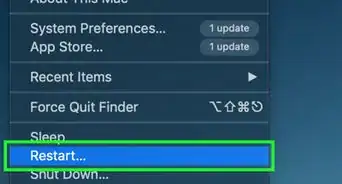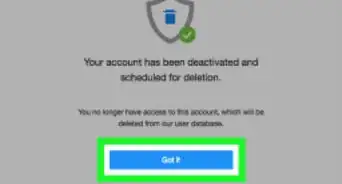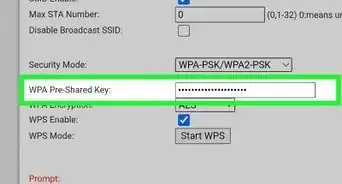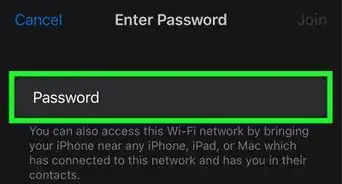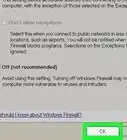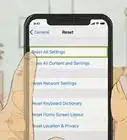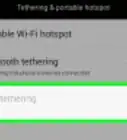wikiHow is a “wiki,” similar to Wikipedia, which means that many of our articles are co-written by multiple authors. To create this article, 19 people, some anonymous, worked to edit and improve it over time.
The wikiHow Tech Team also followed the article's instructions and verified that they work.
This article has been viewed 715,473 times.
Learn more...
You may want to block a program—or several—from accessing the Internet. You may want to block someone's entire computer from accessing the Internet, or you may want to temporarily disable your own access so that you can get work done without being distracted. The easiest way to disable access, regardless of the operating system, is simply to remove the network interface hardware from the computer, or disconnect the computer's LAN cable or wireless network. Read on, however, for software-based ways to disable access from within the computer's user interface.
Steps
Disabling Firewall Access for Windows Programs
-
1Go to the Control Panel. Click the "Windows" key or the "Start" icon, then click on "Control Panel".
- If you are using Windows 8, you can move the mouse up to the top right-hand corner of your screen to show the "charm bar," then click on "Control Panel". Alternately, hold down the Windows key while pressing C and click on "Settings".[1]
-
2Open the Security Center.Advertisement
-
3Open Windows Firewall settings.
- Open the "Exceptions" tab.
- Un-check the program for which you want to block access to the internet.
- Click "OK" when prompted.
-
4Open the program and try to access the Internet. The program that you deselected should no longer be able to permeate the Windows security firewall, meaning that it is effectively blocked from reaching the Internet. You should still be able to access the Internet using all other programs.
Disabling a Specific Connection in Windows
-
1Go to the Control Panel. Click the "Windows" key or the "Start" icon, then click on "Control Panel".
- If you are using Windows 8, you can move the mouse up to the top right-hand corner of your screen to show the "charm bar," then click on "Control Panel". Alternately, hold down the Windows key while pressing C and click on "Settings".
-
2Navigate to the "Network and Sharing Center". Under Network and Internet—if you are viewing by category—click on "Network settings, network adapters", then click on "View network status and tasks". If you are viewing by icons instead of by category, click on "Network and Sharing Center".
-
3Left-click to highlight and select the WiFi connection. Now, right-click on the highlighted WiFi connection and click "Disable". This should block the computer from accessing this particular WiFi network, but it will not block any others unless you disable them as well. This setting should not stop any other computers from logging onto the WiFi network.
- This process is reversible. If you want to enable the network connection later, you can do so by right-clicking on the WiFi connection and clicking "Enable".
- You must be logged on as an administrator or a member of the Administrators group in order to complete this process. If your computer is connected to a network, network policy settings may also prevent you from disabling the connection.
-
4Disable all network connections. For a more advanced disable on Windows, go to Start>All Programs>Accessories, right-click Command Prompt and select Run as Administrator, grant the prompt if necessary, and type "mmc compmgmt.msc" (without quotes) and press enter. Wait for it to load, then click Device Manager in the left-hand frame. Open the Network Adapters subtree, right-click all devices listed there, and select Disable. Now restart for good measure (this is optional).
- To undo this, simply repeat the process but instead of selecting Disable, select Enable.
-
5Consider using parental control software. You can also disable access to the Internet using third-party parental control software. These programs allow you to limit the sites that a computer can access, and they also allow you to completely block a computer from using the Internet. You need to install the software directly to the computer in question. You may need to pay a small user fee, depending on the program, but you will be able to rest assured that your child is not using the Internet in a way that you haven't approved.
- On Apple OS X, you can configure the built-in parental controls to disable access to the internet for certain accounts.
Set Up a Fake Proxy Server
-
1Go to Internet Options in the Control Panel.
-
2Go to the Connections tab and click LAN settings.
-
3Uncheck "Automatically detect settings". Then, check "Use proxy server" and put settings in for a proxy server that doesn't exist. This will time out the Web browser each time a user tries to pull up an Internet site.
-
4Understand that this method is not fail-proof. A savvy user could go into the settings and fix this.[2]
Internet-Toggling Apps
-
1Consider using an internet-toggling app. These programs may come in handy if you want to temporarily disable your Internet access for an entire computer, but you don't want to navigate the firewall settings each time you do so. Perhaps you want to get some work done offline, but you don't want to completely isolate yourself from the possibility of using the Internet. You can usually choose to disable all sites or just certain sites.
-
2Try using the Toggle Internet script. This app will help you “forcefully” step away from the Internet by temporarily disabling all Internet access from your computer. This little script will allow you to completely disable the Internet on your Windows computer with a click. You can restore the Internet connection anytime later with another click. To get started, download Toggle-Internet.bat to your desktop.
-
3Toggle your Internet. Right click on the Toggle desktop icon. Choose “Run as Administrator,” and you’ll be instantly disconnected from the Internet. Later, when you need to reconnect, just right-click the same file and run as an administrator as before.
- Internally, the script merely toggles the status of your Network Adapter (also known as the LAN adapter or Ethernet card) thus shutting down the Internet for you. If you were to disable or enable the Network Adapter manually, the steps would be Control Panel -> Network and Internet -> View Network Status -> Change Adapter Settings.
-
4Try using Let Me Work. Toggle Internet will temporarily block all sites, but you may wish to disable access to just a select groups of distracting websites while staying connected to Google Docs or your email. Download the Let Me Work script. You can specify the list of sites that should be blocked and this script will modify the Windows HOSTS file to shut them off, temporarily.[3]
Community Q&A
-
QuestionIs it possible to block a specific iPhone from accessing the home broadband?
 Community AnswerDefinitely! It depends on how advanced with technology you are though. If you know what 192.168.0.1 (or 192.168.1.1) is, then you know that you can access settings with your router. Inside there, you can find the device and add the device to the MAC Address blocking list. This will block all access to the internet. They can connect, but it won't let them use it at all. Whether that is available or not depends on your router, but anything fairly new should do the job.
Community AnswerDefinitely! It depends on how advanced with technology you are though. If you know what 192.168.0.1 (or 192.168.1.1) is, then you know that you can access settings with your router. Inside there, you can find the device and add the device to the MAC Address blocking list. This will block all access to the internet. They can connect, but it won't let them use it at all. Whether that is available or not depends on your router, but anything fairly new should do the job. -
QuestionHow to prevent other people from accessing my wifi?
 Liza GaylordCommunity AnswerThe easiest way to do this is have wifi with a password on it so that others will be prompted for a password when they try to use your wifi. Most routers come with security options -- investigate the instructions for your router to accomplish this.
Liza GaylordCommunity AnswerThe easiest way to do this is have wifi with a password on it so that others will be prompted for a password when they try to use your wifi. Most routers come with security options -- investigate the instructions for your router to accomplish this. -
QuestionIs there a way to block internet access via an ethernet cable?
 Community AnswerYou can remove the cover to the outlet on the wall and remove the cord from the plug. If you want a more permanent solution, cut the cord completely.
Community AnswerYou can remove the cover to the outlet on the wall and remove the cord from the plug. If you want a more permanent solution, cut the cord completely.
Warnings
- If you have an anti-virus then you must adjust the exceptions from its interface.⧼thumbs_response⧽
References
About This Article
1. Open Control Panel.
2. Click System and Security.
3. Click Windows Firewall.
4. Uncheck the app you want to block.
5. Click OK.
